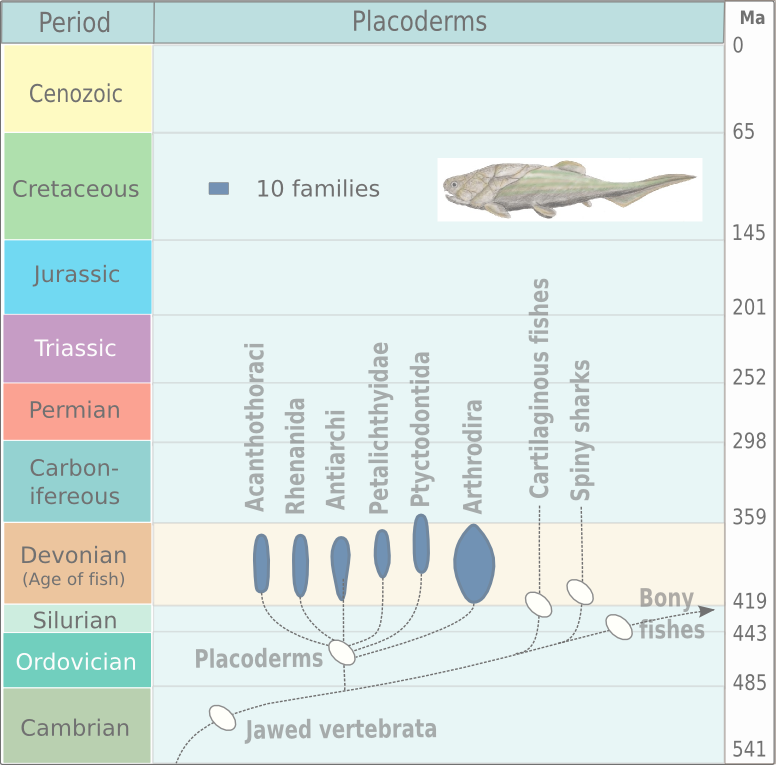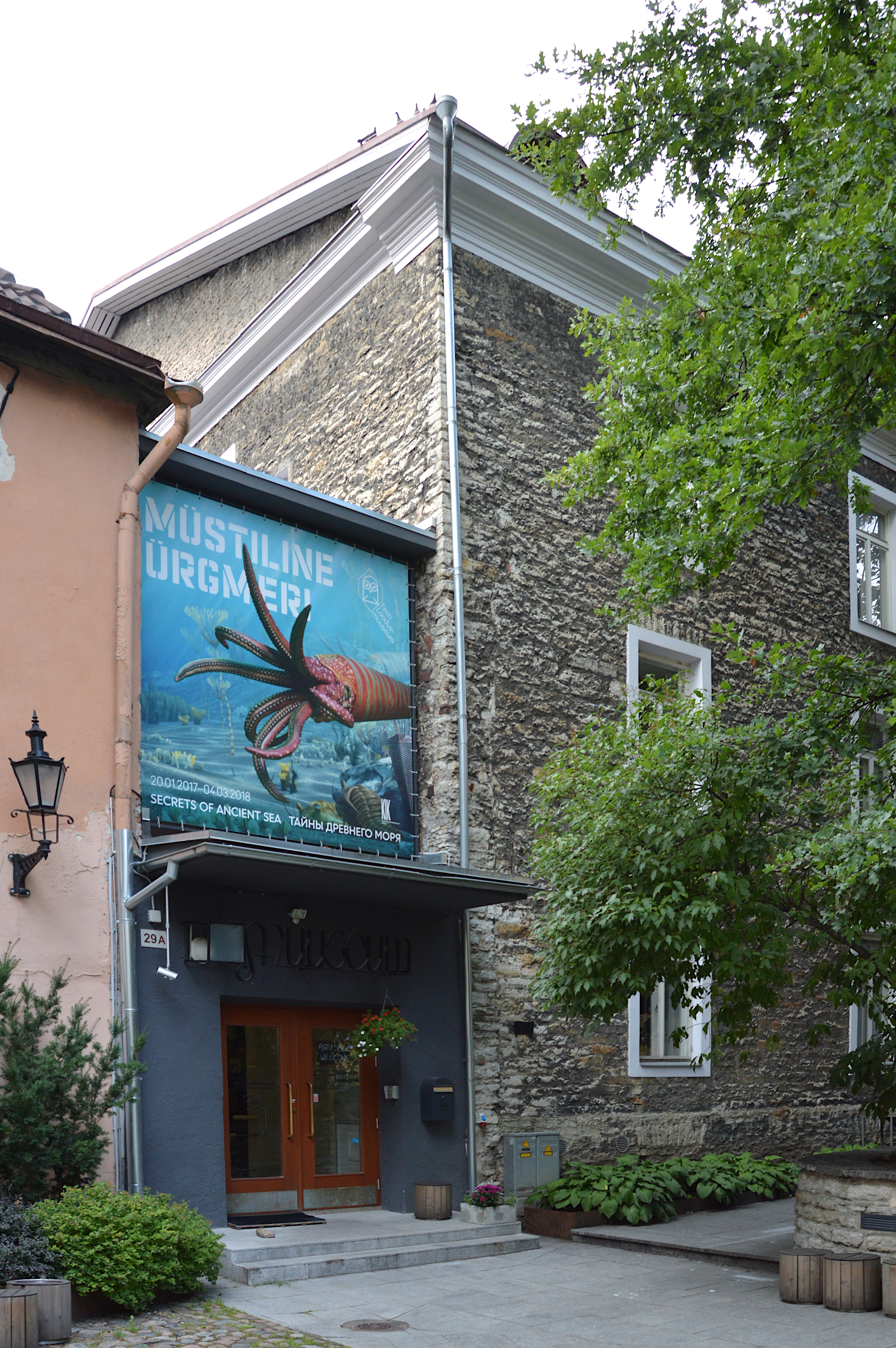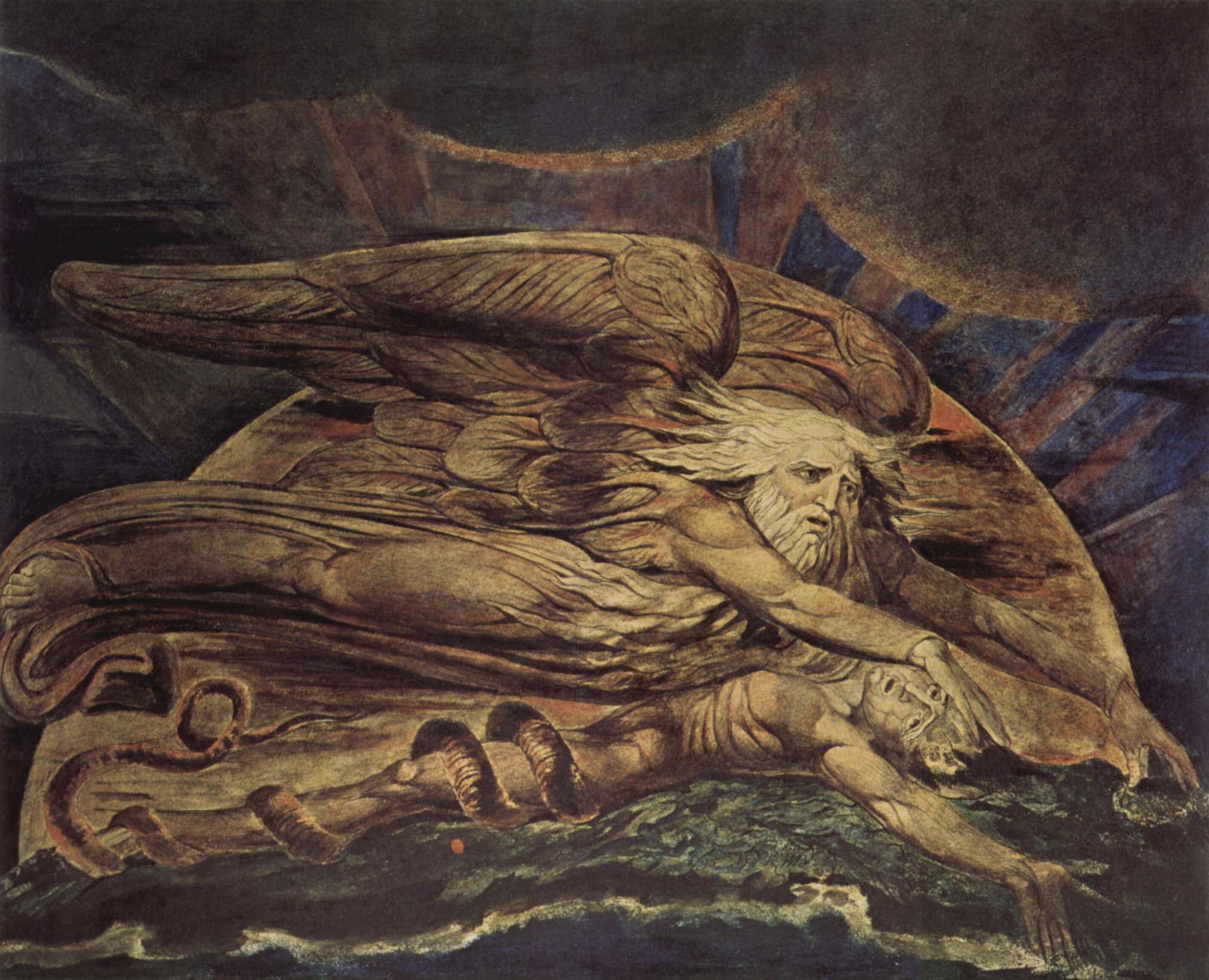|
Actinolepis (placoderm)
''Actinolepis'' is an extinct genus of actinolepidH. G. Johnson, D. K. Elliott, and J. H. Wittke. 2000. A new actinolepid arthrodire (Class Placodermi) from the Lower Devonian Sevy Dolomite, east-central Nevada. Zoological Journal of the Linnean Society 129(2):241-266 . Wagner/P. Wagner/P. Wagner/ref> placoderm from the Early Devonian. Four species are known: ''A. magna'' from Estonia,R. Denison. 1978. Placodermi. In H.-P. Schultze (ed.), Handbook of Palaeoichthyology 2:1-128 . Dahdul/B. Frable /G. Lloyd/ref> ''A. spinosa'' from Latvia (Sevy Dolomite), the type species ''A. tuberculata'' from New Zealand (Adam Mudstone Formation) and ''A. zaikai'' from Belarus (Lepel Beds). Gallery Estonian Museum of Natural History Specimen No 203503 photo (g204 g204-1 jpg).jpg, Fragmentary dorsal armour of ''A. magna'' (specimen EMNH 203503); housed at the Estonian Museum of Natural History The Estonian Museum of Natural History (abbreviated EMNH; Estonian: ''Eesti Loodusmuuseum'') i ... [...More Info...] [...Related Items...] OR: [Wikipedia] [Google] [Baidu] |
Early Devonian
The Early Devonian is the first of three epochs comprising the Devonian period, corresponding to the Lower Devonian series. It lasted from and began with the Lochkovian Stage , which was followed by the Pragian from and then by the Emsian, which lasted until the Middle Devonian began, . During this time, the first ammonoids appeared, descending from bactritoid nautiloids. Ammonoids during this time period were simple and differed little from their nautiloid counterparts. These ammonoids belong to the order Agoniatitida, which in later epochs evolved to new ammonoid orders, for example Goniatitida and Clymeniida. This class of cephalopod molluscs would dominate the marine fauna until the beginning of the Mesozoic The Mesozoic Era ( ), also called the Age of Reptiles, the Age of Conifers, and colloquially as the Age of the Dinosaurs is the second-to-last era of Earth's geological history, lasting from about , comprising the Triassic, Jurassic and Cretaceo ... Era. Reference ... [...More Info...] [...Related Items...] OR: [Wikipedia] [Google] [Baidu] |
Latvia
Latvia ( or ; lv, Latvija ; ltg, Latveja; liv, Leţmō), officially the Republic of Latvia ( lv, Latvijas Republika, links=no, ltg, Latvejas Republika, links=no, liv, Leţmō Vabāmō, links=no), is a country in the Baltic region of Northern Europe. It is one of the Baltic states; and is bordered by Estonia to the north, Lithuania to the south, Russia to the east, Belarus to the southeast, and shares a maritime border with Sweden to the west. Latvia covers an area of , with a population of 1.9 million. The country has a temperate seasonal climate. Its capital and largest city is Riga. Latvians belong to the ethno-linguistic group of the Balts; and speak Latvian, one of the only two surviving Baltic languages. Russians are the most prominent minority in the country, at almost a quarter of the population. After centuries of Teutonic, Swedish, Polish-Lithuanian and Russian rule, which was mainly executed by the local Baltic German aristocracy, the independent ... [...More Info...] [...Related Items...] OR: [Wikipedia] [Google] [Baidu] |
Arthrodires
Arthrodira (Greek for "jointed neck") is an order of extinct armored, jawed fishes of the class Placodermi that flourished in the Devonian period before their sudden extinction, surviving for about 50 million years and penetrating most marine ecological niches. Arthrodires were the largest and most diverse of all groups of Placoderms. Description Arthrodire placoderms are notable for the movable joint between armor surrounding their heads and bodies. Like all placoderms, they lacked distinct teeth; instead, they used the sharpened edges of a bony plate on their jawbone as a biting surface. The eye sockets are protected by a bony ring, a feature shared by birds and some ichthyosaurs. Early arthrodires, such as the genus '' Arctolepis'', were well-armoured fishes with flattened bodies. The largest member of this group, '' Dunkleosteus'', was a true superpredator of the latest Devonian period, reaching as much as 6 m in length. In contrast, the long-nosed '' Rolfosteus'' measured j ... [...More Info...] [...Related Items...] OR: [Wikipedia] [Google] [Baidu] |
Devonian Placoderms
The Devonian ( ) is a geologic period and system of the Paleozoic era, spanning 60.3 million years from the end of the Silurian, million years ago (Mya), to the beginning of the Carboniferous, Mya. It is named after Devon, England, where rocks from this period were first studied. The first significant adaptive radiation of life on dry land occurred during the Devonian. Free-sporing vascular plants began to spread across dry land, forming extensive forests which covered the continents. By the middle of the Devonian, several groups of plants had evolved leaves and true roots, and by the end of the period the first seed-bearing plants appeared. The arthropod groups of myriapods, arachnids and hexapods also became well-established early in this period, after starting their expansion to land at least from the Ordovician period. Fish reached substantial diversity during this time, leading the Devonian to often be dubbed the Age of Fishes. The placoderms began domi ... [...More Info...] [...Related Items...] OR: [Wikipedia] [Google] [Baidu] |
Estonian Museum Of Natural History
The Estonian Museum of Natural History (abbreviated EMNH; Estonian: ''Eesti Loodusmuuseum'') is the Estonian national museum for natural history. It is situated in Tallinn's Old Town. The museum focuses on natural history and nature education, offering its visitors a tour in the wilderness of Estonia. History The origins of the museum goes back to the Estonian Literary Society's museum founded in 1842 and renamed to the Provincial Museum in 1864. This museum was active in exploring the natural sciences, an area that increased in significance at the museum in 1872 when Alexander von der Pahlen (1820–1895) began to contribute to the collection. Pahlen was later elected chairman and under his leadership the collection continued to grow. As the collection grew, a new building on Kohtu Street was purchased in 1911 to house it. During World War I, due to passive resistance, the museum's collection were not moved to Russia. The Provincial Museum continued to operate under the A ... [...More Info...] [...Related Items...] OR: [Wikipedia] [Google] [Baidu] |
Lepel Beds
Lyepyel ( be, Ле́пель, Liepieĺ; pl, Lepel; russian: Ле́пель, Lepel, ; yi, ליעפּליע, Li'epli'e) is a town located in the center of the Lyepyel Raion (district) in the Vitebsk Province of Belarus near Lyepyel Lake. Lyepyel is situated at about and its population in the 1998 census was 19,400. The coat of arms of Lyepyel incorporates the Pahonia symbol. Name There are three theories about the origin of the name ''Lepel''. The first is that the name 'Lepel' come from the word "lepene" which means "lake between the lime-groves". The second is that the name comes from the Belarusian word "лепей" meaning "the best place to live in". The third theory for the name ''Lepel'' is that it derives from the Belarusian word "ляпiць" meaning "well-developed pottery". History The first known mention of Lepel dates back to 1439. In the 15th century, the town belonged to the Lithuanian Grand Duchy. In 1439, thanks to efforts of a Roman Catholic pries ... [...More Info...] [...Related Items...] OR: [Wikipedia] [Google] [Baidu] |
Belarus
Belarus,, , ; alternatively and formerly known as Byelorussia (from Russian ). officially the Republic of Belarus,; rus, Республика Беларусь, Respublika Belarus. is a landlocked country in Eastern Europe. It is bordered by Russia to the east and northeast, Ukraine to the south, Poland to the west, and Lithuania and Latvia to the northwest. Covering an area of and with a population of 9.4 million, Belarus is the 13th-largest and the 20th-most populous country in Europe. The country has a hemiboreal climate and is administratively divided into seven regions. Minsk is the capital and largest city. Until the 20th century, different states at various times controlled the lands of modern-day Belarus, including Kievan Rus', the Principality of Polotsk, the Grand Duchy of Lithuania, the Polish–Lithuanian Commonwealth, and the Russian Empire. In the aftermath of the Russian Revolution in 1917, different states arose competing for legitimacy amid the ... [...More Info...] [...Related Items...] OR: [Wikipedia] [Google] [Baidu] |
Adam Mudstone Formation
Adam; el, Ἀδάμ, Adám; la, Adam is the name given in Genesis 1-5 to the first human. Beyond its use as the name of the first man, ''adam'' is also used in the Bible as a pronoun, individually as "a human" and in a collective sense as "mankind". tells of God's creation of the world and its creatures, including ''adam'', meaning humankind; in God forms "Adam", this time meaning a single male human, out of "the dust of the ground", places him in the Garden of Eden, and forms a woman, Eve, as his helpmate; in Adam and Eve eat the fruit of the tree of knowledge and God condemns Adam to labour on the earth for his food and to return to it on his death; deals with the birth of Adam's sons, and lists his descendants from Seth to Noah. The Genesis creation myth was adopted by both Christianity and Islam, and the name of Adam accordingly appears in the Christian scriptures and in the Quran. He also features in subsequent folkloric and mystical elaborations in later Judaism ... [...More Info...] [...Related Items...] OR: [Wikipedia] [Google] [Baidu] |
New Zealand
New Zealand ( mi, Aotearoa ) is an island country in the southwestern Pacific Ocean. It consists of two main landmasses—the North Island () and the South Island ()—and over 700 List of islands of New Zealand, smaller islands. It is the List of island countries, sixth-largest island country by area, covering . New Zealand is about east of Australia across the Tasman Sea and south of the islands of New Caledonia, Fiji, and Tonga. The country's varied topography and sharp mountain peaks, including the Southern Alps, owe much to tectonic uplift and volcanic eruptions. New Zealand's Capital of New Zealand, capital city is Wellington, and its most populous city is Auckland. The islands of New Zealand were the last large habitable land to be settled by humans. Between about 1280 and 1350, Polynesians began to settle in the islands and then developed a distinctive Māori culture. In 1642, the Dutch explorer Abel Tasman became the first European to sight and record New Zealand. ... [...More Info...] [...Related Items...] OR: [Wikipedia] [Google] [Baidu] |
Sevy Dolomite
Sevy may refer to: * Jeff Sevy Jeffrey Evan Sevy (born October 24, 1950) was a lineman for six years in the NFL. In his amateur years, he played at Homestead High School then went to De Anza College before transferring to Cal. He was drafted by the Chicago Bears in the 12t ... (born 1950), American American football player * Sevy Peak, Idaho, United States {{dab, surname, geo ... [...More Info...] [...Related Items...] OR: [Wikipedia] [Google] [Baidu] |
Estonia
Estonia, formally the Republic of Estonia, is a country by the Baltic Sea in Northern Europe. It is bordered to the north by the Gulf of Finland across from Finland, to the west by the sea across from Sweden, to the south by Latvia, and to the east by Lake Peipus and Russia. The territory of Estonia consists of the mainland, the larger islands of Saaremaa and Hiiumaa, and over 2,200 other islands and islets on the eastern coast of the Baltic Sea, covering a total area of . The capital city Tallinn and Tartu are the two largest urban areas of the country. The Estonian language is the autochthonous and the official language of Estonia; it is the first language of the majority of its population, as well as the world's second most spoken Finnic language. The land of what is now modern Estonia has been inhabited by '' Homo sapiens'' since at least 9,000 BC. The medieval indigenous population of Estonia was one of the last "pagan" civilisations in Europe to adop ... [...More Info...] [...Related Items...] OR: [Wikipedia] [Google] [Baidu] |


.jpg)
